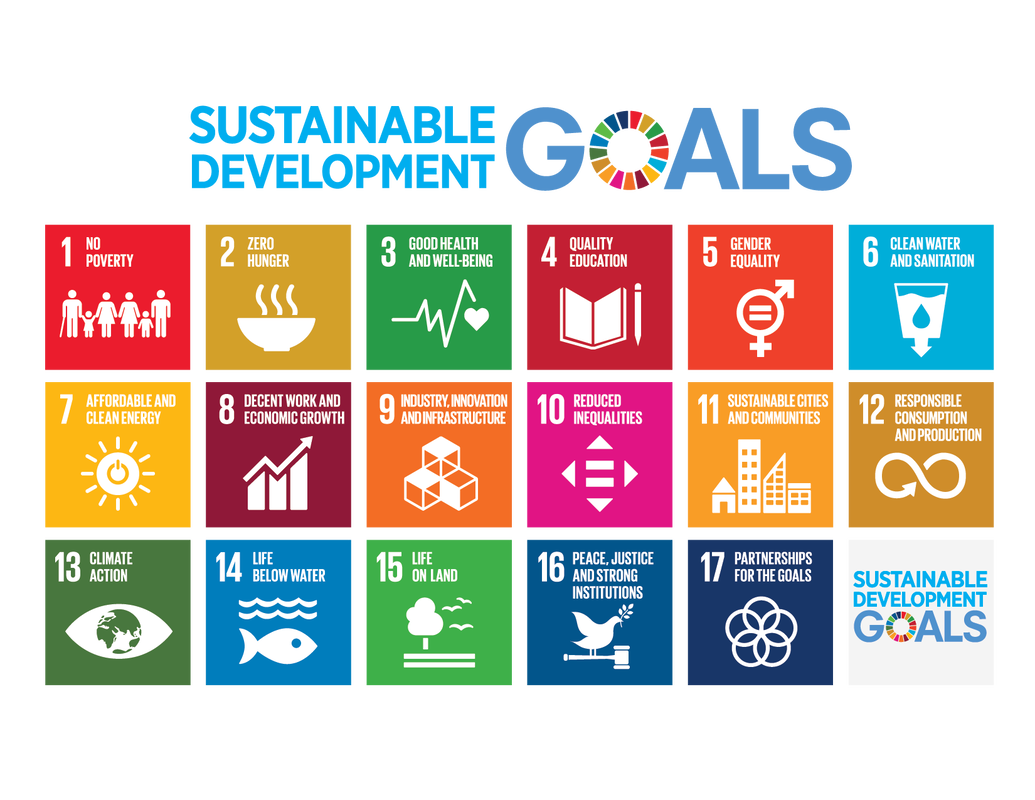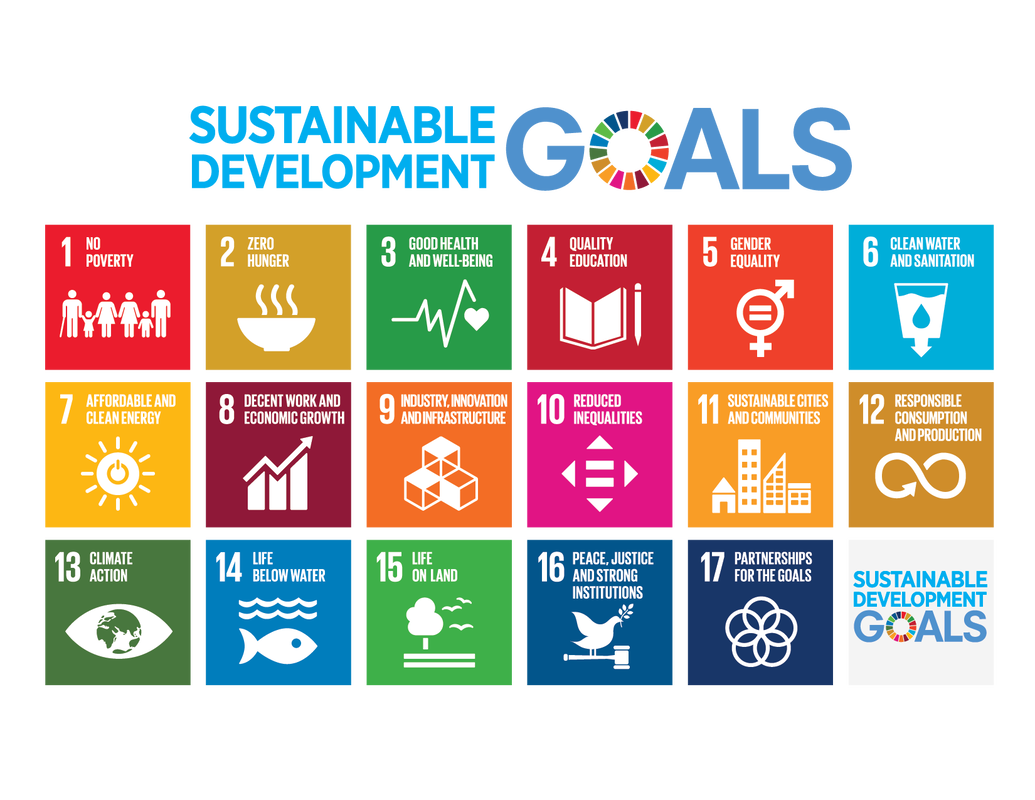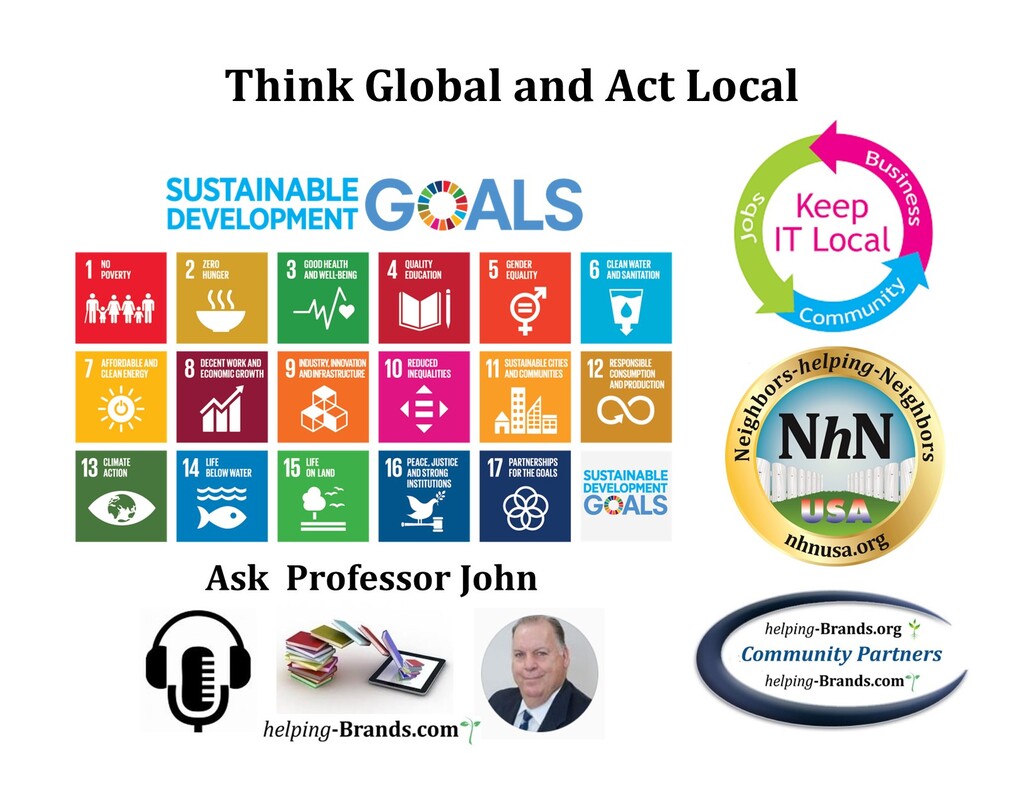Hydroponic Farming
Urban Farms, Greenhouses, Indoor/Vertical Farming and Aquaponics
helping economic and workforce development.
helping our communities.
2023The industry responds to AeroFarms' bankruptcy news
The industry responds to AeroFarms' bankruptcy news"We are always looking at where we can add value, whether that be through commercial production, genetic research, postharvest applications, etc. We are very excited about the idea of high-value nurseries to produce more crops to be planted by AeroFarms, other indoor growers, and even in the field," said Marc Oshima, Co-founder, and CMO at AeroFarms last summer to VerticalFarmDaily.com. Last week, AeroFarms filed for Chapter 11 bankruptcy protection, seeking legal protection to restructure their finances and operations. So how could this have been prevented? Are microgreens too much of a niche and not for large-scale production? How could we avoid the growing pains of energy costs? Let's have a look at what the industry thinks. 'Problematic for the industry' "This news is problematic as vertical farms are dying so rapidly that it's more a fundamental thing, whereas AeroFarms, in particular, is so embarrassing for constantly creating their alternative realities even now that they filed for chapter 11," says Mark Korzilius, Creator of Opportunities. As he continues to elaborate, the term startup in any sector is relevant as long as you pursue new ideas, identify roadblocks and define ways how to potentially overcome them. When applying that to the vertical farms, you realize that not only did they not highlight the massive roadblocks, but instead reinvented the wheel by ignoring existing tech solutions eg, in the Netherlands. They also ignored the issue that globally leafy green and produce farmers suffer economically. Also, from a consumer perspective, they didn't offer something more relevant. The wrong focus "Instead, everyone focused on 10 billion people, 95% water BS, AI, the most optimal light recipe, developing 'proprietary LED,' robotics, and above all, pesticides. Pesticides are truly a nightmare for everyone, but if consumers would wholeheartedly care, then they would have to stop eating bread, drinking beer, and plenty of other things or vote green in order to impact politics. But none of that took place, and the argument just doesn't get consumers to buy plastic packages that contain vertical farm salads when the fresh organic alternatives look so much more attractive," Mark claims. According to Mark, the issue was addressed by &ever, and together with partners, they tried to overcome the key aspect, which is energy efficiency. Therefore moving to Kuwait was a logical consequence as &ever realized early on that with given solutions, indoor farming in Europe is not going to work at scale. "Scale means 10 hectares or 100.000 m2 grow space. Thus, it will hopefully be niche players who cater to a dedicated community that will survive the massive shakeout. AeroFarms, Infarm, and Crop One, constant and shameful exaggerations harmed the interest of those who still believe that there is light at the end of the tunnel. I'm convinced that there are ways to grow hyper-locally as long as the fundamental strategy suits the market. That is why we are right now in the process of starting a new company where we hope to present a smarter way forward," Mark affirms. Replacing sunlight is costly "I know the team at AeroFarms poured their hearts into trying to make vertical farming work in North America, and they very nearly got there. Energy, labor, and construction costs were simply too high for vertical farming in the North American geography," shared David Vosburg, Chief Innovation Officer at Local Bounti, on his LinkedIn page. Commenting on that, Javier Suarez-Vargas, Agronomist at Via Verde Hydroponics, expressed his concerns and thinks this is the future of all vertical farming operations. "Why? Just because greenhouses already exist, the same greenhouse industry that developed and keeps on perfecting CEA also takes advantage of free power, which is the sun," he finds. David agreed, saying that it's rather difficult to make the unit economics work without sunlight. Joe Schwartz, VP at AmHydro, commented on that, "Great point, the economics are almost routinely left off the discussion table until things go sideways. I would also add that crop quality (or lack thereof) is a big factor as well. In almost 40 years, I have yet to see a 100% artificially lit system produce market-competitive products on a consistent basis. Ambient sunlight plus supplemental (when needed and at the concentration/volume appropriate) has consistently produced the best quality crops with the most positive economic outcomes. Success leaves clues." Others find that vertical farms can actually be a supplement to agriculture in places where there is a gap to meet food security and where food is already expensive due to imports. High operating costs Yet, Diego Rivera, Director of Cultivation at ZY Labs LLC, believes that is due to the fact that high amounts of money were dedicated to developing technologies that already are developed outside. Adding onto that, they had, high salaries, high employee turnover, inexperienced growers and engineers, their Standard Operating Procedures weren't executed to detail, poor training, environmental controls not controlling the environment, misdirected research, and not sharing the same goals between companies. Diego finds that "these are just some factors affecting expected growth in the industry. This situation came sooner than expected. Some excellent people will suffer after the decision. Hope the whole industry evolves over the future." Not surprised? "We are not surprised about this news because we are clearly getting the evidence that things have to be handled differently in vertical farming. We are happy that our model does work and that it is becoming increasingly clear that there are first and second-generation farms and business models," says Ard van de Kreeke, Founder and CEO of Growy. Yet, it is a pity that pioneers in the sector who have done so much to develop a new sector fall over, he adds. FarmTech Society is taking notice with concern about the admittance to file for bankruptcy by an international market leader in vertical farm operations and technology development. "In terms of the timing, it is not surprising as the sector has been facing real-world volatility, as the last 12 months have been extremely challenging to the economies and agriculture in particular," Thomas Zoellner, Secretary at the FarmTech Society, explains. But what is normal in agriculture? He continues. "Entering the fray of high-risk operations like growing plants for a living has been a continued saga of disappointing 'over-promised and under-delivered, leaving farmers wondering what all this noise was all about." Despite raising almost obscene amounts of capital (completely new to agriculture at large), as Thomas finds, and employing high- to mid-technology, the challenge of validating an actual cash-flow positive unit economics has not been the strength of some of the 'first generation' vertical farm startups. "Pragmatically, this may be a normal but painful market correction that will allow only cash-flow-positive farms to scale up and grow into the mainstream agriculture adoption." As Thomas points out, there is also a take-home message for us all here. As it is equally important to find out what doesn't work as it allows an evolutionary process in the innovation field to eventually reach that magic adoption by the mainstream market. "Also, our heart goes out to all staff, supporters, and customers, as this is a bitter process and requires retooling, which may open doors to many of them starting their own farms, having gained tremendous knowledge and potential to help transform the image of this mission-critical sector to a more adaptable and affordable technology to grow more with less." Microgreens cultivation at scale? Grahame Dunling shared his opinion saying, "Try too many top-heavy salaries that have to be paid for by selling microgreens?" Does this mean that large-scale production of microgreens cannot be viable? Agreeing with him is Joe Swartz again, "The microgreen market always has been (and likely always will be) a very small part of the retail leafy greens segment. Nothing to justify the level of investment or application of technology. Not even close. Financial background According to Crunchbase, the company has raised $238 million in funding over the past 19 years. In October 2021, AeroFarms was set to merge with Spring Valley Acquisition Corp, a SPAC, to reach a pro forma equity value of $1.2 billion. Although it was expected to raise $357 million in gross proceeds for the company, it didn't go through. Back then, CEO and co-founder David Rosenberg commented that the transaction would not be in the best interests of their shareholders. 'The decision was purely made to ensure an optimal position for AeroFarms to pursue its growth strategy.' The investors, known by Crunchbase, involved with AeroFarm's fundings are; Abu Dhabi Investment Office (unknown amount), Ingka Group ($100 million), Meraas ($40.5 million), Foundation for Food and Agriculture Research ($1 million), Newark Venture Partners ($35 million). Other investors of the remaining $61,5 million are unknown to date. For more information: AeroFarms [email protected] www.aerofarms.com 2022UNFI brings indoor farming to its distribution centers
The distributor and vertical farming company Square Roots entered a new agreement to add Square Roots' indoor farms on-site at select UNFI distribution centers. Oishii, grower of extraordinarily expensive strawberries, opens 74,000 sq. ft. indoor farm in Jersey City www.oishii.com
Opening of facility will allow it to lower price of 8 large strawberries from $50 to $20 1.10.22 Food Lion Adds Hydroponic Produce in 300+ Stores
Retailer partners with Vertical Roots to provide long-lasting non-GMO lettuce helping the environment sustainable development.
www.ventureradar.com/keyword/Hydroponics
2021
Projects that inspire.In Jackson Hole, Wyoming, a town centered around its tourism industry, 78 percent of people living with disabilities are unemployed. But now, a local farm is working to change that. In partnership with the Economic Hardship Reporting Project, Matter of Fact Correspondent Leone Lahkani travels to Wyoming to see how Vertical Harvest is creating economic options for people with disabilities.
Vertical Harvest How A Farm Provides Upward Mobility for People with Disabilities Disney hydroponicsHydroponics is a method of growing plants using just water and nutrients, and Disney uses this technology throughout their greenhouses. ... But it's quicker than growing crops in the soil, it uses less water, and it allows growers to stack plants closer together.
Vertical FarmsTop Vertical Farms
AquaponicsFeeding the World While Protecting Our Oceans
According to the United Nations, the planet must produce 70 percent more food by 2050 to meet growing global hunger needs. The World Wildlife Fund says approximately 3 billion people in the world currently rely on seafood as a primary source of protein. The Bumble Bee Seafood Company is working closely within the industry and with NGOs and governments globally to rebuild ocean abundance and diversity to ensure seafood remains a viable and vital long-term source to feed a surging population. American shoppers are also increasingly sharing concerns about the health of the planet. According to a 2020 study conducted by IBM and the National Retail Federation, 57 percent of consumers surveyed said they were willing to change their buying habits to reduce their impact on the environment. And in a GlobeScan survey from that same year, 55 percent of U.S. seafood consumers – including many who live hundreds of miles from an ocean shoreline – agreed that fish and other seafood should only be consumed from sustainable sources. Aquaponics refers to a food production system that couples aquaculture (raising aquatic animals such as fish, crayfish, snails or prawns in tanks) with hydroponics (cultivating plants in water) whereby the nutrient rich aquaculture water is fed to hydroponic grown plant, involving nitrifying bacteria for converting ammonia into nitrates.
As existing hydroponic and aquaculture farming techniques form the basis for all aquaponic systems, the size, complexity, and types of foods grown in an aquaponic system can vary as much as any system found in either distinct farming discipline. HydroponicsHydroponics is a type of horticulture and a subset of hydroculture which involves growing plants (usually crops) without soil, by using mineral nutrient solutions in an aqueous solvent. Terrestrial plants may grow with their roots exposed to the nutritious liquid, or, in addition, the roots may be physically supported by an inert medium such as perlite, gravel, or other substrates. Despite inert media, roots can cause changes of the rhizosphere pH and root exudates can affect rhizosphere biology.
The nutrients used in hydroponic systems can come from many different sources, including fish excrement, duck manure, purchased chemical fertilizers, or artificial nutrient solutions. Plants commonly grown hydroponically, on inert media, include tomatoes, peppers, cucumbers, strawberries, lettuces, cannabis, and model plants like Arabidopsis thaliana. Hydroponics offers many advantages, notably a decrease in water usage in agriculture. To grow 1 kilogram (2.2 lb) of tomatoes using intensive farming methods requires 400 liters (88 imp gal; 110 U.S. gal) of water; using hydroponics, 70 liters (15 imp gal; 18 U.S. gal); and only 20 liters (4.4 imp gal; 5.3 U.S. gal) using aeroponics. Since hydroponics takes much less water to grow produce, it could be possible in the future for people in harsh environments with little accessible water to grow their own food. |




















































